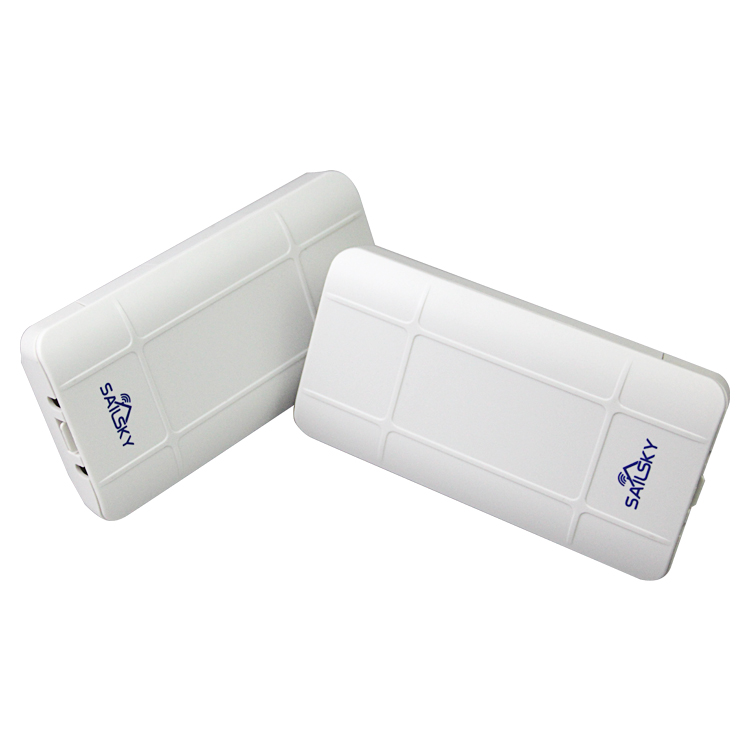Wireless Bridge Router: Something You Should Know
2022.03.21 / By hqt

Many computer users do not realize that a regular router used to organize a wireless network and a Wi-Fi access point is capable of performing other equally interesting actions. For example, you might hear about using a wireless bridge router.
The router model determines how many network devices it can interact with. How to set up a router?
What are the pros and cons of the bridge? How this mode differs from the classic “router”, more on that in the article.
What kind of technology Wi-Fi Bridge is?
Bridge mode in the router – what is it? This is a special feature that allows the router to communicate with other devices. Such a connection creates in the control panel of the router. Essentially, network equipment works as a link, hence the name “bridge”.
This is one of the WDS (Wireless Distribution Software) technology options. This wireless bridge router is widely used, but most often it is used to connect one router to another. This improves signal reception.
Also, the bridge mode turns on if you want the router to use as an intermediate link to which devices without wireless modules connect. That is, the “bridge” turns on the router, and it works like a standard Wi-Fi module.
This model is available in many routers, just look at the technical specifications of the model. The wireless bridge router connects to a TV that does not have a Wi-Fi module, to a computer.
What is the difference between “bridge” and “router” modes?
What is “bridge” is clear – this is an option that makes the router an intermediary. In this mode, it cannot act as an access point, that is, it will receive packets and send them further.
If the “router” option enables, then the network device takes full control of the traffic that passes through it. This feature enables by default. A router operating in this mode is essentially a computer that receives, converts, and transmits information.
The wireless bridge router automatically chooses who to transfer data to and who to block. That is, this is the mode used to distribute the Internet to “home” devices.
There is another mode in network equipment called “repeater”, and you should not confuse it with “bridge”. Many inexperienced users believe that if you connect one router to another, then the second becomes a “repeater”.
This is not so, because the second device creates an independent network with its own password. The repeater does not have this functionality.
Setting up bridge mode on a wireless bridge router
If there are 2 routers available, they can link using the bridge function. The setting carries out in 2 stages.
Initially, you need to change the wireless network channel on the main router. At the same time, the equipment with which you plan to connect in bridge mode must already configure.
How to set up a router? Using the TP-Link model as an example:
- To get started, open the equipment control panel – enter “192.168.0.1” in the address bar of the browser.
- Login and password, if nothing has changed – admin/admin.
- Go to the “Wireless” tab and select channel 1 or 6, then click “Save”. This sets up a static channel. On this, the toolbar of the main router can close.
- Now we are setting up a wireless bridge router that will work as a bridge (using WDS technology). Change the IP address on it first. This is done in order to prevent both network equipment from working with the same IP, otherwise, they will have an address conflict. Open the “Network” tab.
- Go to the “LAN” section and change the IP address in the corresponding field. For example, on the first device, the IP will be “192.168.0.1”, and on the second “192.168.0.2”. Click “Save” – the equipment will automatically reboot.
See if the IP address has changed
- Click on the “Wireless” tab and enter the network name in the corresponding field. Immediately you need to change the channel to the one that specifies on the first wireless bridge router, that is 1. Check the box next to “Enable WDS” and click “Search”.
- A list of access points will appear – select which one you will establish a connection with and click “Connect”.
- Next, set the security type – in the “Key Type” field, set “WPA-PSK / WPA2-PSK” or another (similar to the 1st router). Fill in the “Password” field – enter the password for the new network. Click Save.
- After saving the settings, you must reboot the equipment. Just power off and on or do it through the administration panel.
- Now check the options under “Wireless Mode”. Here you will see the line “WDS Status”. On the contrary, it will be: “Run” or “Enabled”. This indicates that the router connects to the main router and is now distributing the network.
Bridge mode lock in wireless bridge router
We figured out how to connect the 2nd device, now let’s look at how to block bridging. To do this, open the settings of the additional router that is connected to the main one, and set the “Routing” or “Wireless router” mode. This item locates differently on different models of network equipment.
Work mode in bridge router
After switching and saving the settings, the appearance of the menu will immediately change – a choice of connection will appear the ability to enter a login and password from the access point. If desired, the IP address can return to the one that was. After making changes, you will need to reboot the wireless bridge router.
Possible difficulties using bridge mode
If you follow the instructions in this article, then the Internet works only over a wireless Wi-Fi network. Even if you throw a cable to the router, the Internet will be absent. This is explained by the fact that when the WDS mode activates. The first router “issues” the IP address, both over the wire and over the air.
The solution is to disable the DHCP server on the device where “bridge” configures. Both devices must be on the same subnet.
Accordingly, if you need access to the Internet via cable, then go to the wireless bridge router toolbar, the DHCP section, and turn off the server. Don’t forget to save your changes and reboot your hardware.
Another problem is that everything seems to be done correctly, but nothing works. You can correct the situation by disabling the WPS option on both routers.

